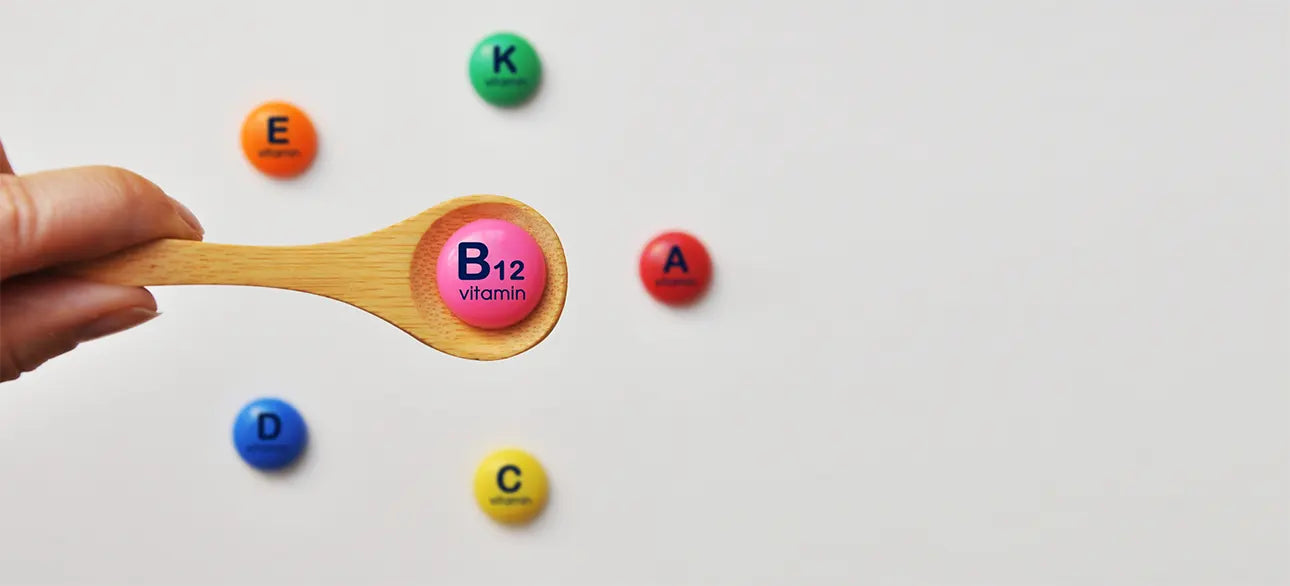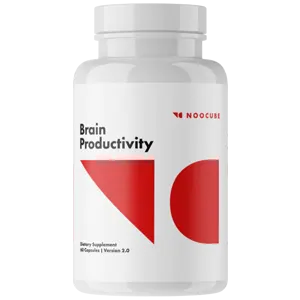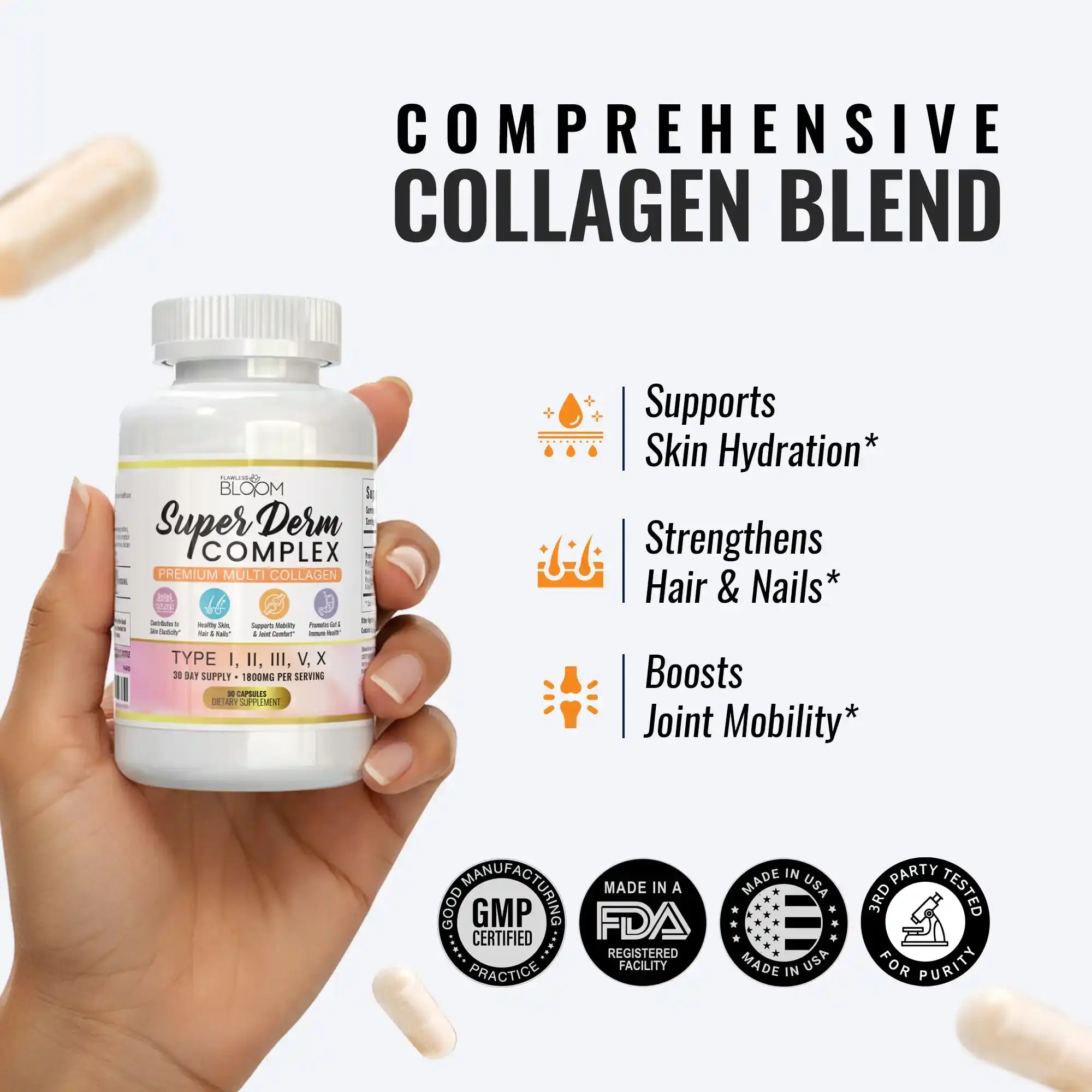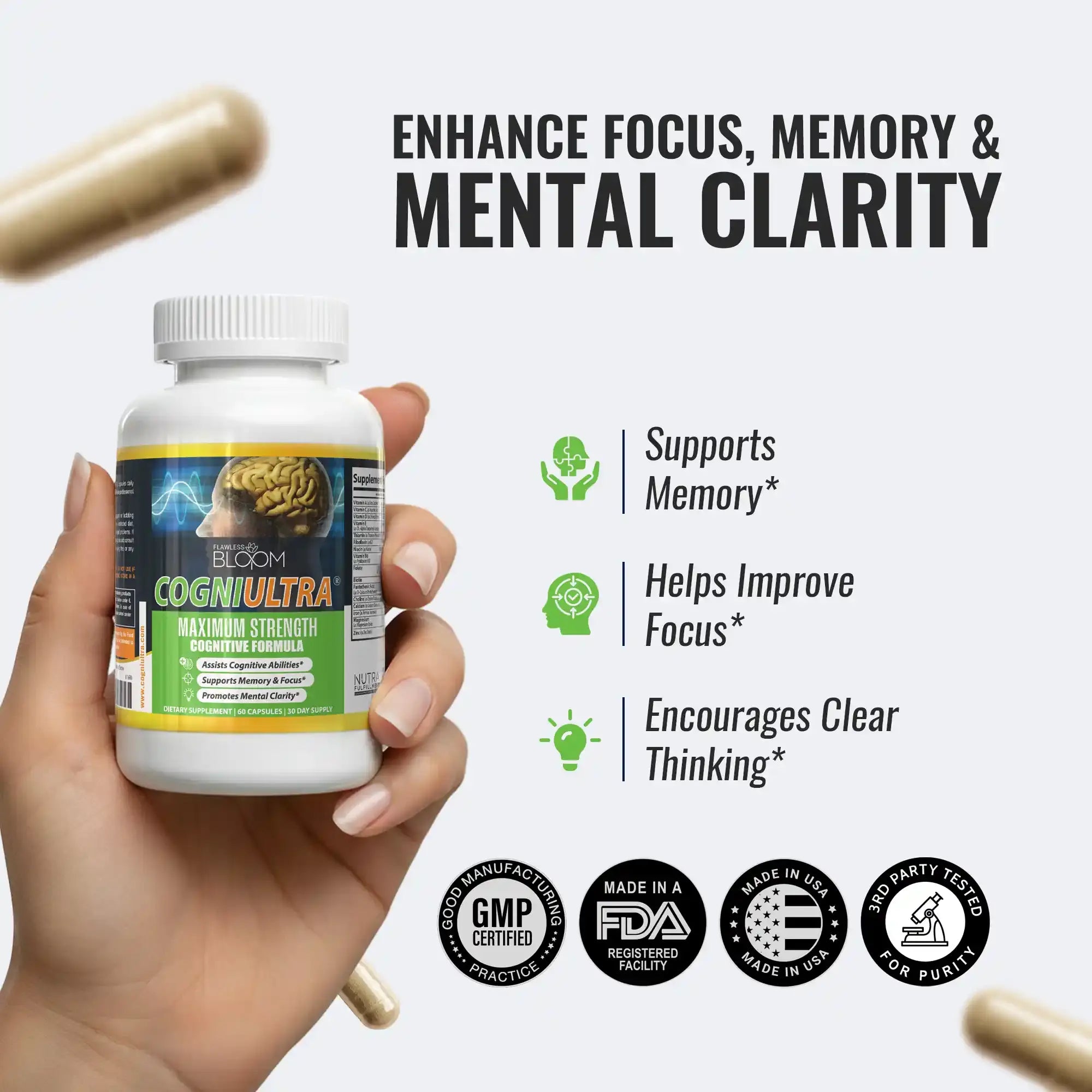What is Mcg in Vitamins?
Confused by what mcg means on vitamin labels? Learn how this tiny unit affects your daily dosage, why it matters for your health, and how to read supplement facts with confidence.
Advertiser Disclosure: We independently select all the products. If you click through links we provide, we may earn a commission.

Why Understanding Labels Matters
Have you ever walked into the supplement aisle, stared at a bottle and not known what to do? I assure you, many others have faced the same thing. Those labels on vitamins can be confusing because those letters and numbers often look like secret codes.
For many, one thing that is really hard to understand? Those small letters, like “mcg,” are found next to the amount of each vitamin. What is mcg in vitamins and why is it important for your efforts toward good health and choosing the best supplement?
You should know this — being aware of these measurement units helps make you safer and healthier. Once you understand these figures, you can ensure your foods have the exact nutrients your body is looking for. There won’t be any more guesses about your dosage, since you’ll be sure it’s the right amount for your needs.
Let’s discuss the steps one at a time. I’ll explain everything there is to know about mcg and how it compares to mg, so you can become confident reading those labels.
What Does mcg Stand For?
Okay, let's start with the basics — mcg stands for microgram. It might sound intimidating, but stick with me here.
A microgram is incredibly tiny — we're talking about one-millionth of a gram. To put that in perspective, that's 0.000001 grams. I realize that sounds impossibly small, but here's the amazing thing: for many vitamins and minerals, these teeny-tiny amounts are exactly what your body needs to function properly.
Now, you might sometimes see “μg” instead of “mcg” on labels. That's the Greek letter “mu” followed by “g” for gram, and it means exactly the same thing as microgram.
However, here in the U.S., most manufacturers stick with “mcg” because it's less likely to get mixed up with “mg” (which we'll talk about in just a minute).
Why do we bother with such small measurements? Well, think of nutrients like vitamin B12, vitamin D, or vitamin K.
Your body is incredibly efficient and only needs microscopic amounts of these powerhouse nutrients to keep everything running smoothly. Using micrograms helps manufacturers be super precise about these delicate dosing requirements.
During our research, we came across an intriguing video on @AskAboutIdeas... Ever wondered what "mcg" really stands for? 🤔 Watch till the end to find out! 🚨
Mcg Vs mg: What’s the Difference?
Now we get down to the details, so let’s end any confusion we have. The difference between mcg and mg is exactly 1,000.
Let’s go over this in a simple way:
1 milligram (mg) is the same as 1,000 micrograms (mcg).
So when you read 400 mcg on a label, it means the product contains 0.4 mg. Actually, the process isn’t as hard once you understand it.
| Unit | Stands For | Conversion | Example |
|---|---|---|---|
| mcg | Microgram | 1 mcg = 0.000001 grams | 400 mcg × 0.000001 grams/mcg = 0.0004 grams |
| mg | Milligram | 1 mg = 1,000 mcg | 1 mg = 1,000 mcg |
This difference is more important than it may look. Your body requires some nutrients in significant amounts each day- we’re looking at hundreds of milligrams. Try to remember calcium or magnesium as examples.
The reason they are expressed in mg instead of mcg is because the figures would be far too long otherwise.
Meanwhile, folic acid and vitamin B12 can have a strong effect in very low amounts. Because your body only needs a little of these nutrients daily, using mcg to label is just right.
With this knowledge, you won’t make one of the most frequent errors, believing mcg is mg. If you mix things up, you could end up with 1,000 times more or less than what you were hoping for and that’s really not what anyone wants.
According to Sarah Mitchell, Senior Clinical Pharmacist
Many people overlook the importance of understanding mcg versus mg on supplement labels. Proper knowledge empowers consumers to choose the right dosage, avoid potential risks, and optimize their health outcomes effectively.
Why mcg Is Common on Vitamin Labels
You’ll frequently see mcg on labels of these vitamins:
- Vitamin B12
- Vitamin D
- Vitamin K
- Folic acid
These nutrients have powerful effects even at very low doses. For instance, just 2.4 mcg of vitamin B12 per day is recommended for adults. Vitamin D recommendations often fall around 600–800 mcg (or 15–20 mcg) daily.
| Vitamin | Why It's Listed in mcg | Recommended Daily Intake (Approx.) |
|---|---|---|
| Vitamin B12 | Effective in very small amounts | 2.4 mcg |
| Vitamin D | Small doses impact calcium & immunity | 15–20 mcg (600–800 IU) |
| Vitamin K | Affects blood clotting in low doses | 90–120 mcg |
| Folic Acid | Critical during pregnancy in small amounts | 400 mcg |
Because these amounts are so small, mcg is the best unit for accuracy. This also means it’s important to read labels carefully. Taking too much or too little can impact your health significantly, especially with vitamins like D and K, which affect calcium metabolism and blood clotting.
The Upsides and Downsides of Understanding mcg
Let's take a quick look at the pros and cons of understanding mcg (micrograms) and why it really matters—plus where things can sometimes go off track:
Advantages
- Precise dosing: When you know how to read mcg measurements, you're more likely to avoid both deficiencies and accidental overdoses.
- Informed choices: You'll have a better handle on picking supplements that align with your health goals, without relying on guesswork.
- Easier comparisons: It’s easier to compare the potency of different supplements (like comparing two bottles of vitamin D) and feel confident in your decision.
Disadvantages
- Confusion: The range of units like mcg, mg, and IU can be pretty overwhelming if you're not used to them.
- Risk of miscalculations: Without understanding how to convert between them, you might end up taking too much or too little of something important.
- Over-relying on labels: It’s easy to forget that supplement labels are just one part of the puzzle—your diet, lifestyle, and personal health needs play a huge role too.
How to Read mcg on Supplement Labels
When you turn that vitamin bottle over, check on the nutrition facts panel (it's typically there on the back or side). Each entry for a vitamin gives you the amount, listed with its unit as either mcg or mg.
Often, right next to that quantity, you’ll see the number “% Daily Value” or “%DV.” Consider this to be the easy way to check — one serving tells you what part of your daily recommended helpings you have. If you come across 400 mcg of folic acid with 100% DV, it means you’re meeting your daily needs with that one serving. Handy, isn’t it?
This is where things can get a bit confusing — some companies sometimes give vitamin doses in both mcg and mg on the same label. So, if you convert between them, you'll find it much easier to see how different products stack up.
Safety and Dosing Tips
Let me ease your mind about something — many of these mcg-dose vitamins are pretty forgiving. Take vitamin B12 again — it's one of those “good guy” vitamins that doesn't seem to have a ceiling. Even if you accidentally take way more than you need, your body typically handles it just fine.
But — and this is important — some vitamins do have what we call Tolerable Upper Intake Levels, or ULs for short. Think of these as the “don't go beyond this point” markers. Vitamin D is a perfect example. While it's fantastic for you, too much can actually cause problems, so staying within those recommended mcg amounts really matters.
If you're expecting, nursing, or dealing with any health conditions, please chat with your doctor before diving into any vitamin routine — especially when we're talking about those higher-dose mcg supplements. Your healthcare provider knows your unique situation and can help figure out exactly what mcg amounts make sense for you specifically.
FAQs
Final Thoughts: Know What You’re Taking
Understanding mcg on vitamin labels is more than just a trivia fact—it’s key to making informed, safe choices about supplements.
Before popping that pill, take a moment to check the mcg or mg dosage, the % Daily Value, and make sure you’re within recommended limits. This is especially important for products like Cognitive Support Supplements, where precise dosing matters most. When in doubt, ask a healthcare provider to help you interpret your vitamin label and dose correctly.
With this knowledge, you can shop smarter, avoid confusion, and support your health the right way.
References
Flawless Bloom has strict sourcing policies and relies on primary sources such as medical organizations, academic institutions, governmental agencies, and peer-reviewed scientific journals. Read more about how we ensure our content is accurate, thorough, and unbiased by reading our editorial process.
- Vitamin B12 - Consumer https://ods.od.nih.gov/factsheets/VitaminB12-Consumer/
- Vitamin D - Health Professional Fact Sheet https://ods.od.nih.gov/factsheets/VitaminD-HealthProfessional/
- Daily Value on the Nutrition and Supplement Facts Labels | FDA https://www.fda.gov/food/nutrition-facts-label/daily-value-nutrition-and-supplement-facts-labels
- A Model for the Development of Tolerable Upper Intake Levels https://www.ncbi.nlm.nih.gov/books/NBK114326/





























2 comments
This article made me understanding “mcg” on supplement labels so much easier! It broke down the small units and explained their importance, especially for vitamins like B12 and D. Now I shop with confidence!
This article made me understanding “mcg” on supplement labels so much easier! It broke down the small units and explained their importance, especially for vitamins like B12 and D. Now I shop with confidence!